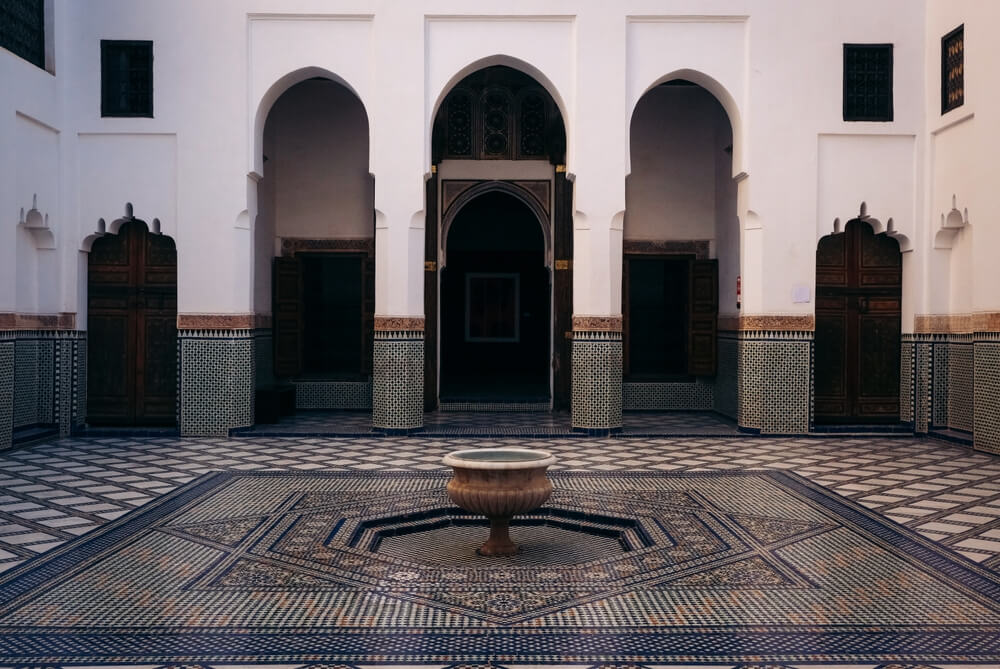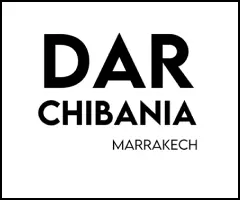The charm and beauty of riad architecture in Marrakech

Marrakech, a city of a thousand colors and scents, evokes a change of scenery and exoticism. Among the accommodations available for a stay in this enchanting city, riads are unmissable examples of Moroccan architecture. These traditional dwellings offer not only optimal comfort, but also true relaxation and well-being. In this article, discover the secret of riad architecture in Marrakech.
The origins of Marrakchi riads
Riads are houses that represent typical Moroccan architecture. Built when the city of Marrakech was founded in the 11th century by the Almoravids, riads have endured over the years, increasing rapidly in number during the sultanic reign of Sultan Ahmed El Mansour (1578-1603).
It was during the construction of the sumptuous Al Badii royal palace that these large bourgeois (rather than popular) residences were built in the imperial city, before spreading to the rest of Morocco. Thus, riads have left their mark on the history of Marrakech, and today constitute a veritable architectural heritage.
The traditional design of a Moroccan riad
The word "riad" derives from the Arabic word "ryad", meaning "garden". Indeed, riads are first and foremost walled gardens housing a house. In the Medina of Marrakech, space was limited, so these residences were built on several levels around a central patio, generally comprising :
- a first floor with vestibule, living room, kitchen and sometimes a hammam,
- a second floor for the main bedrooms,
- and a second floor with terraces offering panoramic views of the city.
Key architectural elements of a Marrakchi riad
Privacy and discretion
Privacy is at the heart of riad architecture. If you venture into the medina, you'll notice that the exterior facades are often simple and austere, with no windows to the outside world and only a front door. This not only preserves the privacy of the occupants, but also guarantees their safety.
Symmetry and harmony of parts
In a riad, the rooms are arranged symmetrically around the central patio, which is truly the heart of the residence. Patios are usually furnished with a green garden and a fountain at their center, adding a touch of well-being and refreshment.
A wealth of materials and decorative details
In a Moroccan riad, noble materials such as stone, wood, plaster and marble are used for both structures and furnishings. Decorative details are omnipresent: carved stucco, colorful mosaics (zelliges), painted wooden ceilings and marble floors bear witness to the craftsmanship of Moroccan master artisans.
Modern riads in Marrakech
Today, riads in Marrakech have been adapted to meet the needs of travelers, including modern conveniences while retaining the authenticity of their architecture. Renting a riad offers not only a unique cultural experience, but also all the comforts you could wish for during your stay in Marrakech.
Riads as tourist accommodation
Over time, many of these traditional houses have been transformed into tourist accommodations, offering a relaxing change of scenery for visitors to the ancient imperial city. Riads generally offer food and beverage services, as well as relaxation areas such as hammams, Jacuzzis and swimming pools.
The role of the group of people in traditional riad architecture
Inspired by Andalusian and Umayyad palaces, real riads are built to accommodate a significant group of people (parents, children, friends...). So renting a riad in Marrakech not only lets you experience the authentic Moroccan way of life, but also allows you to get together with family and friends in a charming, convivial setting.
The future of riad architecture in Marrakech
Over the years, the number of riads in Marrakech has dwindled as a result of galloping urbanization. However, thanks to the efforts of enthusiasts such as Quentin Wilbaux, a Belgian architect who has been restoring riads in the medina for over 30 years, the historic architectural heritage has been preserved and perpetuated.
Today, the majority of visitors and tourists are looking as much for comfort as for a unique experience in Moroccan heritage residences. As a result, there are a large number of accommodation facilities that respect authenticity while providing the modern amenities needed for a perfect stay.
In conclusion, riads, emblems of Moroccan architecture, continue to fascinate as much for their historical and artistic richness as for the lifestyle experiences they offer in Marrakech. When you stay in a Marrakesh riad, you're sure to be transported by the beauty of the surroundings and immersed in an unforgettable atmosphere.
